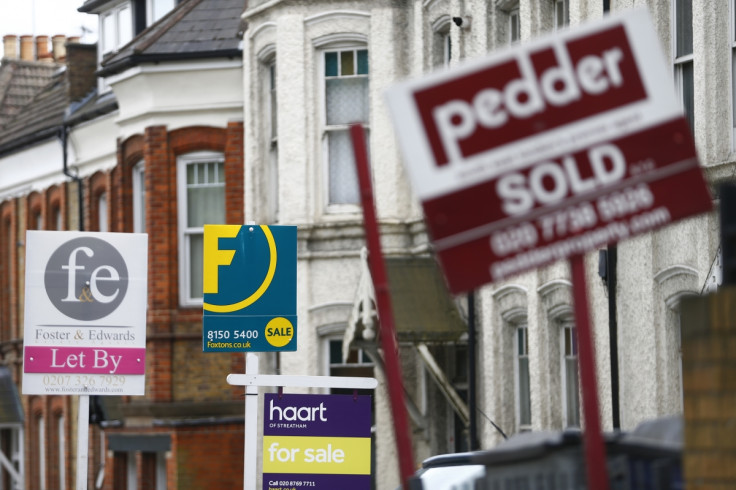UK House Prices and Sales Surge Boosts HMRC's Stamp Duty Receipts

HMRC collected the most stamp duty on property purchases in seven months during June as house prices and sales continued to rocket across the UK.
Britain's taxman added that it saw the most property sales since the end of 2007, in June, with 109,580 transactions.
It collected £898m (€1.14bn, $1.53bn) from Stamp Duty Land Tax in the same month, the highest since November 2013 when £960m was raked in.
Though this includes commercial property transactions, much of the uplift is coming from the residential sector as the housing market booms.
The Office for National Statistics (ONS) said the average price of a UK house rose at a rate of 10.5% in the year to May 2014, hitting £262,000. That is the fastest rate in four years.
Some regions have higher averages than others. In London the average house price has spiralled 20.1% to £492,000, while in the North East it had lifted 4.8% to £150,000.
As house prices rise, off the back of cheap mortgages, a recovering economy and a seriously constrained housing supply, more people are being knocked into higher stamp duty tax brackets.
No stamp duty is paid on a property purchase worth up to £125,000. Between £125,000 and £250,000 the rate is 1%; between £250,000 and £500,000 it is 3%; between £500,000 and £1m is 4%; between £1m and £2m is 5%; and over £2m is 7%.
There have been efforts to calm the pace of house price growth and limit any risk to the wider economic recovery stemming from the mortgage market.
As house prices rise, borrowers have to take on larger mortgage debt to buy a property. A record-low base rate of 0.5% at the Bank of England helps them to do this by keeping repayment costs down.
But the Bank of England is looking to raise interest rates as the economic recovery strengthens. This threatens to push those who stretched themselves to far financially to default on their mortgage debt.
So the Financial Conduct Authority (FCA) has imposed stricter affordability tests on the market, meaning lenders have to be more vigilant about borrowers' ability to repay the debt.
And the Bank of England will put an electric fence around the mortgage market from October 2014.
Just 15% of a bank's new mortgage lending will be allowed to comprise of loans worth 4.5 times or more the applicant's income.
© Copyright IBTimes 2025. All rights reserved.






















